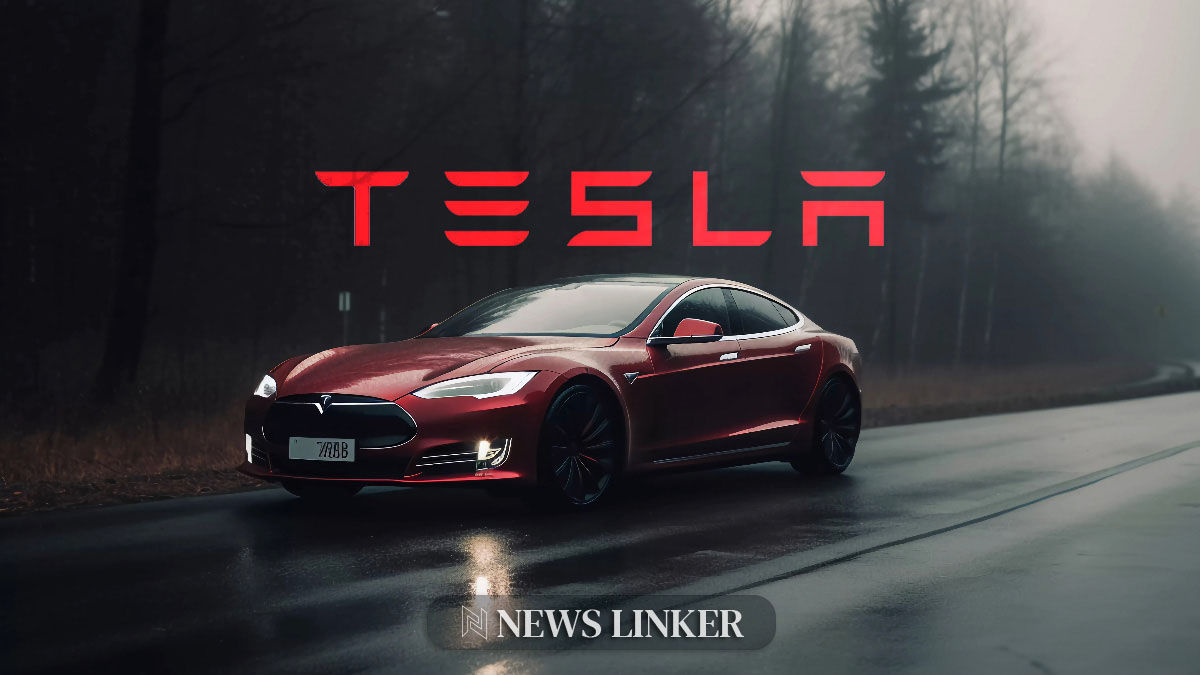At the recent Q1 earnings call, Tesla witnessed a significant shift under the guidance of Elon Musk, who addressed the company’s future amidst growing challenges. Musk’s leadership was notably pivotal as he introduced a new, cost-effective vehicle strategy set for a 2025 rollout, promising a robust blueprint for growth. This move comes at a crucial time as Tesla endeavors to navigate through turbulent market conditions and a notable slowdown in its growth trajectory. The focus of this new strategy not only aims to stabilize the company but also to reassure investors and stakeholders of its long-term viability and commitment to innovation without sidelining affordability.
Throughout Tesla’s journey, fluctuations in growth and strategy have been apparent, with the company often being at the crossroads of investor scrutiny and market dynamics. The recent earnings call seemed to be a turning point with Musk’s assertive approach to outlining a future that balances innovation with market demands. This pivot is crucial as the electric vehicle (EV) market becomes increasingly competitive, with other automakers focusing on hybrids, which could potentially dilute Tesla’s market share if not countered effectively with solid growth strategies and product offerings.
Insights from Recent Reports
In articles from sources such as Reuters and Bloomberg, Tesla’s strategic redirection was evident. Reuters highlighted the broader implications of Tesla’s shift towards more affordable EV models, potentially stimulating market demand and investor confidence. Bloomberg’s analysis shed light on the competitive pressure from other automakers, emphasizing the necessity for Tesla to maintain its innovative edge while also becoming more accessible price-wise. These reflections underline the significance of Tesla’s strategic adjustments in sustaining its industry leadership and shareholder trust.
Scientific Perspectives on EV Innovation
A recent study published in the Journal of Sustainable Mobility discusses the technological and economic aspects of reducing EV production costs. The research underscores the importance of innovations like Tesla’s next-gen platform in potentially lowering production expenses while enhancing vehicle accessibility. This aligns with Tesla’s strategic goals mentioned during the Q1 earnings call, illustrating the practical application of such academic insights in real-world industry scenarios.
Key Takeaways for Tesla Watchers
- Cost-effective vehicle production remains a priority.
- Timing of new model rollout is critical amidst growing competition.
- Innovative strategies are essential for maintaining market lead.
In conclusion, Tesla’s first quarter earnings call of 2024 marked a significant strategic realignment under Elon Musk’s leadership. With the introduction of a more affordable vehicle model and a clear growth roadmap, Tesla is not just responding to immediate financial pressures but is also positioning itself for sustainable future growth. This strategy reflects a blend of responding to market dynamics while steering through the competitive pressures of the EV industry, aiming to maintain its pioneering status and live up to its mission of mass-market sustainability.










